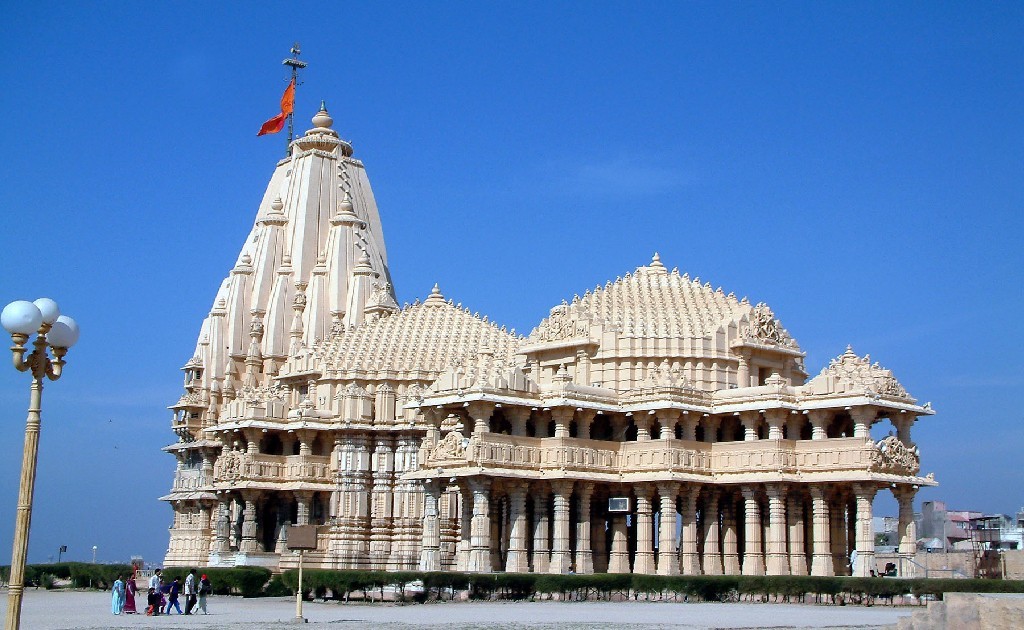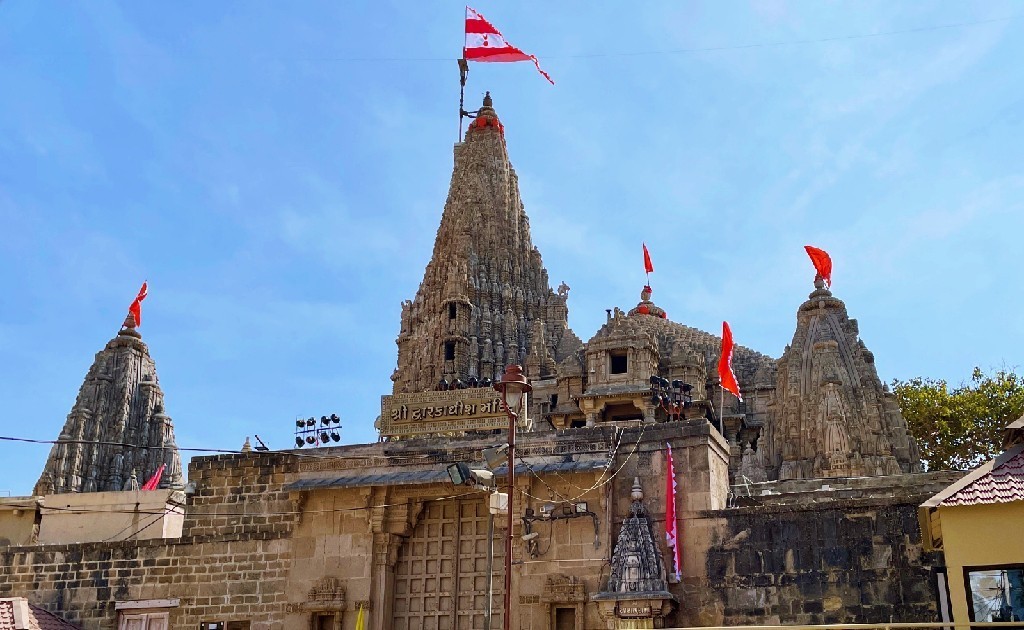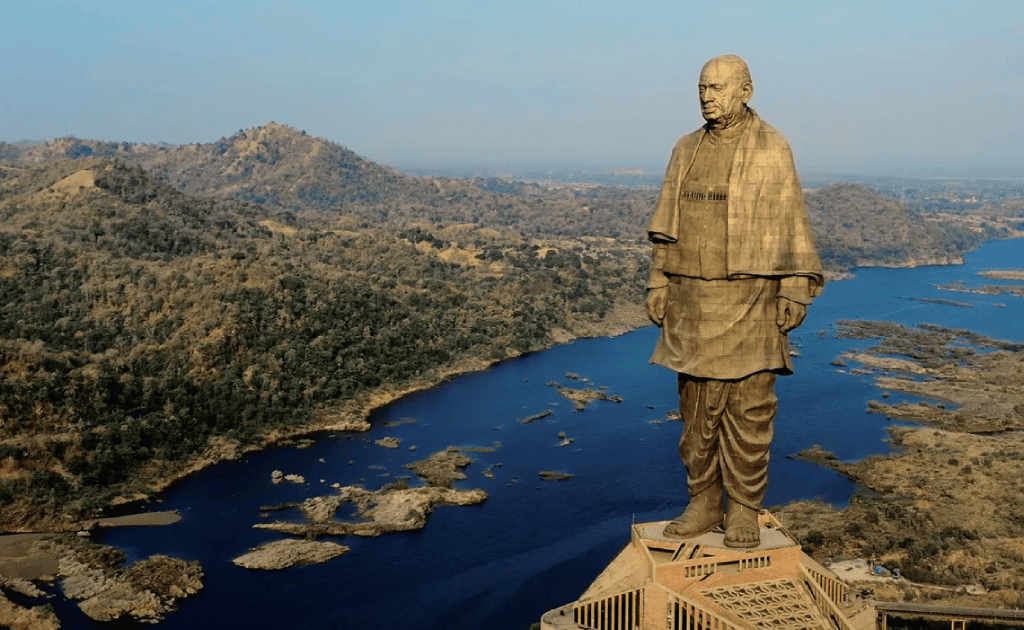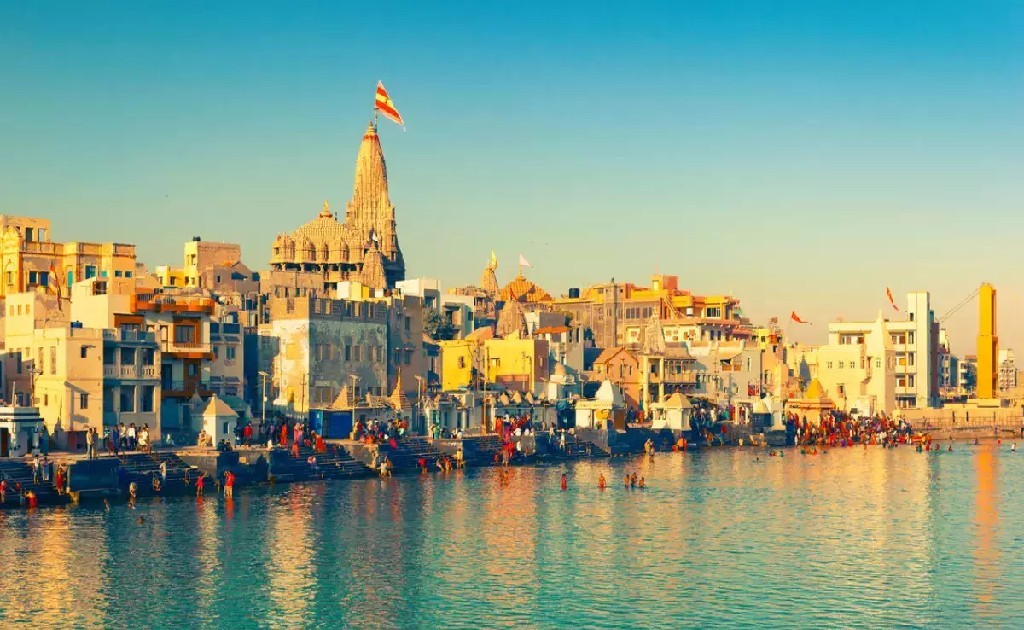This 10-day Gujarat itinerary takes you on a cultural and spiritual journey through some of the state’s most iconic landmarks. Begin in Ahmedabad with visits to the Gandhi Ashram and Akshardham Temple before heading to Dwarka, where you’ll explore the Dwarkadhish Temple and the Beyt Dwarka island. From Dwarka, continue to Somnath to see the famous Somnath Temple and Triveni Sangam, and then relax at Diu beach. Next, head to Sasan Gir for a jungle safari in the Gir National Park, home to Asiatic lions. Visit Bhavnagar’s Nishkalank Mahadev Temple, then proceed to Vadodara to explore Lothal and Lakshmi Vilas Palace. Conclude your trip with a visit to the Statue of Unity and the Sardar Sarovar Dam. This itinerary offers a perfect blend of spirituality, history, culture, and natural beauty, showcasing the best of Gujarat.
Popular 10D / 9N Gujarat Tour Package
EXPLORE WITH US
Overview
Itinerary
Tour Plan
Arrive at Ahmedabad in the morning, where you’ll check in to your hotel. After freshening up, start your sightseeing tour with a visit to the Gandhi Ashram, followed by a trip to the Adalaj Step Well and Akshardham Temple. Enjoy the evening exploring the city, and return to your hotel for an overnight stay.
After breakfast, depart for Dwarka. En route, stop in Jamnagar to visit the Bala Hanuman Temple. Upon arrival in Dwarka, check in to your hotel and relax. Later, visit the Dwarkadhish Temple and Gomti Ghat. Return to your hotel for an overnight stay.
After breakfast, explore more of Dwarka. Visit Beyt Dwarka, Nageshwar Jyotirlinga, Rukmani Temple, and Gopi Talav. In the evening, enjoy some leisure time at Shivrajpur Beach. Overnight stay at the hotel.
Check out after breakfast and depart for Somnath, stopping in Porbandar to visit Kirti Mandir and Sudama Temple. Upon arrival in Somnath, check into your hotel and relax. Later, visit the Somnath Temple, Bhalka Tirth, Triveni Sangam, and Gita Mandir. Overnight stay at Somnath.
After breakfast, head to Diu. Check into your hotel upon arrival. Spend the afternoon visiting Diu Fort and the Church, then enjoy a leisurely evening at Diu Beach. Return to your hotel for an overnight stay.
In the morning, after breakfast, depart for Sasan Gir. Upon arrival, check into your hotel and refresh. In the afternoon, go on a thrilling jungle safari in Gir National Park. Return to your hotel for an overnight stay.
After breakfast, depart for Bhavnagar. Check into your hotel, and after refreshing, visit the Nishkalank Mahadev Temple, believed to be established by the Pandavas, and Takhteshwar Temple. Return to your hotel for an overnight stay.
In the morning, after breakfast, depart for Vadodara. If time permits, visit Lothal, the archaeological site of the Harappan Civilization. Upon arrival in Vadodara, check into your hotel and relax. In the evening, visit the Lakshmi Vilas Palace. Overnight stay at Vadodara.
After breakfast, head to Kevadia to visit the Statue of Unity, Sardar Sarovar Dam, and the Valley of Flowers. In the evening, enjoy the Light and Sound Show at the Statue of Unity. Afterward, return to Vadodara for an overnight stay.
After breakfast, check out from your hotel. You will be transferred to Ahmedabad or Vadodara for your onward journey, concluding the tour.
Highlights
- Dwarkadhish Temple – A prominent pilgrimage site dedicated to Lord Krishna, located in the ancient city of Dwarka.
- Somnath Temple – One of the 12 Jyotirlingas, an iconic temple dedicated to Lord Shiva, known for its stunning architecture and religious significance.
- Gir National Park – The only place in the world where Asiatic lions can be found in the wild, offering thrilling jungle safaris.
- Statue of Unity – The world’s tallest statue, honoring Sardar Vallabhbhai Patel, located near Kevadia with spectacular views and exhibitions.
- Nageshwar Jyotirlinga – One of the 12 sacred Jyotirlingas, situated near Dwarka, an important pilgrimage destination for Shiva devotees.
Inclusion & Exclusion
Mandatory Documents
- Clear Passports Copies of Each Traveler (s)
- PAN Card of Each Travelers for Remittance
- TCS Declaration –Self Explanatory
Tour map
Calendar & Prices
Packages Price
Packages Price
Packages Price
Packages Price
Packages Price
Packages Price
Packages Price
Packages Price
Packages Price
Packages Price
Packages Price
Packages Price
Packages Price
Packages Price
Packages Price
Packages Price
Packages Price
Packages Price
Packages Price
Packages Price
Packages Price
Packages Price
Packages Price
Packages Price
Packages Price
Packages Price
Packages Price
Packages Price
Packages Price
Packages Price
Packages Price
Packages Price
Packages Price
Packages Price
Packages Price
Packages Price
Packages Price
Packages Price
Packages Price
Packages Price
Packages Price
Packages Price
Packages Price
Packages Price
Packages Price
Packages Price
Packages Price
Packages Price
Packages Price
Packages Price
Packages Price
Packages Price
Packages Price
Packages Price
Packages Price
Packages Price
Packages Price
Packages Price
Packages Price
Packages Price
Packages Price
Packages Price
Packages Price
Packages Price
Packages Price
Packages Price
Packages Price
Packages Price
Packages Price
Packages Price
Packages Price
Packages Price
Packages Price
Packages Price
Packages Price
Packages Price
Packages Price
Packages Price
Packages Price
Packages Price
Packages Price
Packages Price
Packages Price
Packages Price
Packages Price
Packages Price
Packages Price
Packages Price
₹31600
Per Pax onwards*
Book This Tour
Payment Policy
- 100 % Payment for Ticket & Visa the time of Confirmation
- 25 % of the Total Cost of Land Package (Hotel & Transfers) at Confirmation
- 75 % Balance payment in full 10 Days before Departure
Explore other options
₹31600
Per Pax onwards*





